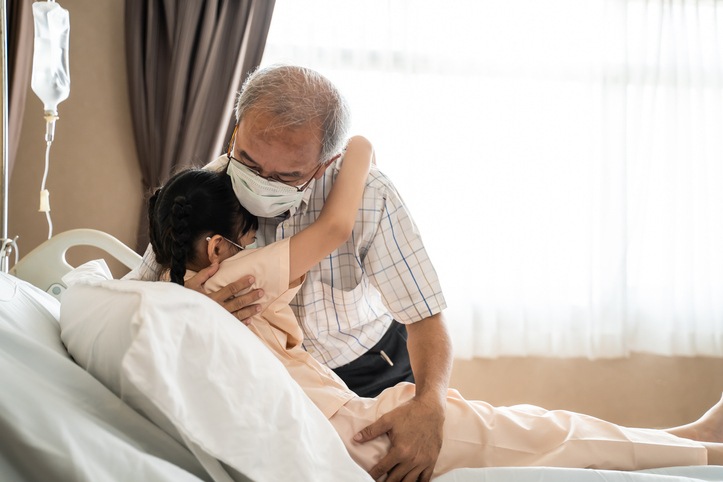
An assessment of cumulative social risk may help identify patients with advanced colorectal cancer (CRC) who are less likely to opt for chemotherapy, a study suggests. The results were published in JAMA Network Open.
Patients with advanced CRC who receive chemotherapy following surgical treatment may significantly increase their odds of five-year survival. However, only about 38% of patients opt for chemotherapy. Race and socioeconomic status are associated with lower odds of receiving chemotherapy, while social support has been found to increase the odds.
“Married patients with CRC have higher rates of chemotherapy receipt, fewer delays in starting chemotherapy, and greater likelihood of completing chemotherapy than single adults,” the researchers wrote. “More research is needed to examine the associations of social support with chemotherapy receipt among patients with CRC in the US.”
They mailed a survey to adults within one year of a stage III CRC diagnosis. Patients were identified in the Detroit, Michigan, and State of Georgia Surveillance, Epidemiology, End-Results cancer registries. Eligible patients had undergone surgery at least four months prior and did not have stage IV cancer. The main outcome was receiving chemotherapy.
Cumulative social risk was defined as the sum of the following eight factors: marital status, employment, annual income, health insurance, comorbidities, health literacy, adult caregiving, and perceived discrimination.
Cumulative Social Risk Decreases Odds of Chemo, Support Increases Odds
A total of 1,909 eligible patients received the survey, of whom 1,301 completed it. The final analysis included response from 1,087 patients with a mean age of 64 years, of whom 46% were female.
Compared with patients who had zero risk factors, those with more than three were less likely to receive chemotherapy (3 factors, odds ratio [OR], 0.48 [95% CI, 0.26-0.87]; 4 factors, OR, 0.41 [95% CI, 0.21-0.78]; 5 factors, OR, 0.42 [95% CI, 0.20-0.87]; ≥6 factors, OR, 0.22 [95% CI, 0.09-0.55]).
Compared with patients who had zero sources of social support, those with at least two sources were more likely to undergo chemotherapy (2 sources, OR, 3.05 [95% CI, 1.36-6.85]; 3 sources, OR, 3.24 [95% CI, 1.48-7.08]; 4 sources, OR, 3.69 [95% CI, 1.71-7.97]; 5 sources, OR, 4.40 [95% CI, 1.98-9.75]; ≥6 sources, OR 5.95 [95% CI, 2.58-13.74]).
“The social risk factors most associated with decreased likelihood of chemotherapy receipt included lower health literacy, the lack of a spouse or partner, lower household income, and perceived discrimination. The association of cumulative social risk with chemotherapy receipt was mitigated, however, if patients had strong social support during their CRC treatment,” the researchers noted in their discussion.
They concluded, “Thus, although the availability of social support appeared to be a critical resource for encouraging chemotherapy receipt, patients with multiple social risk factors with social support were still at higher risk of not completing chemotherapy treatment, and, as a consequence, adverse long-term outcomes.”
A limitation of the study is that it relied on self-reported data.

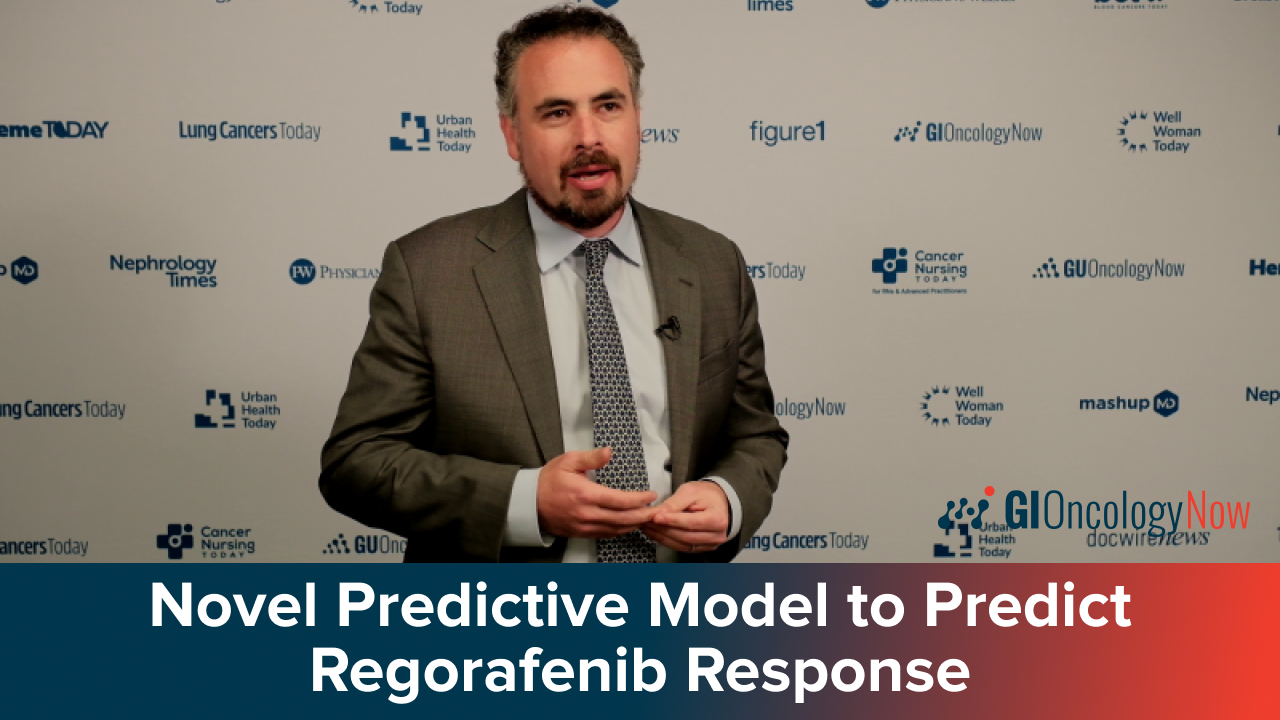
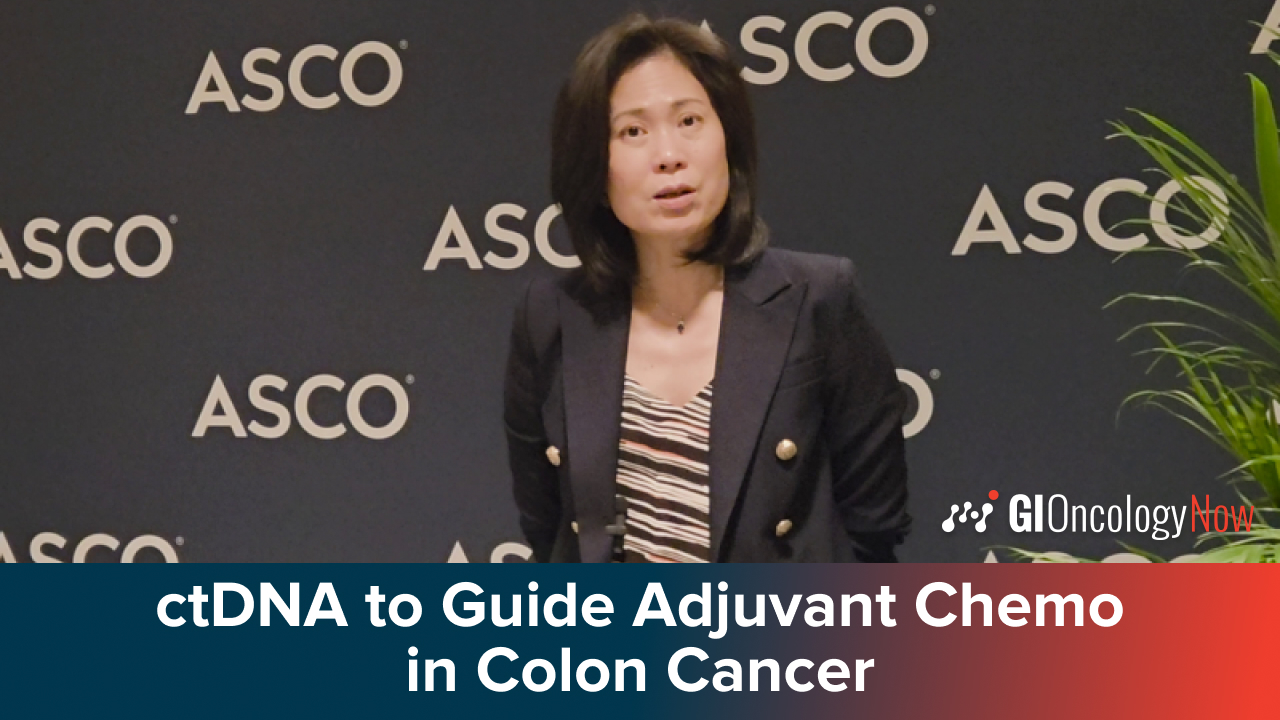
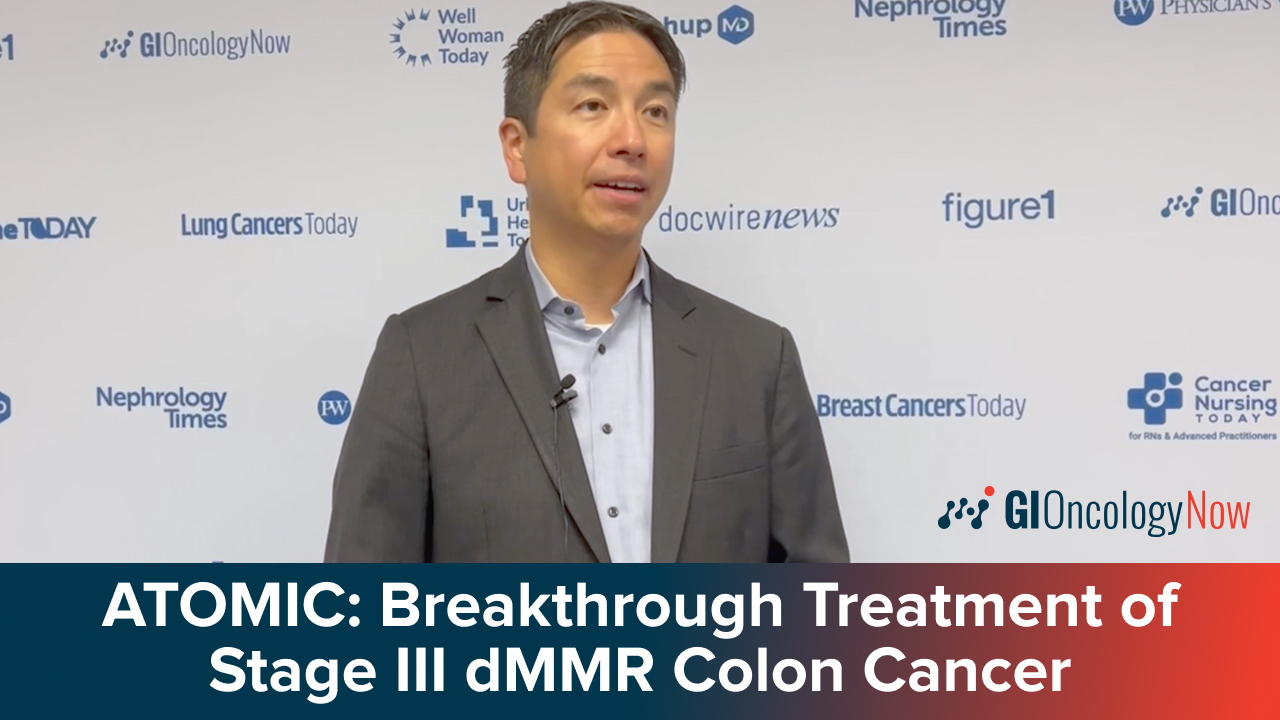

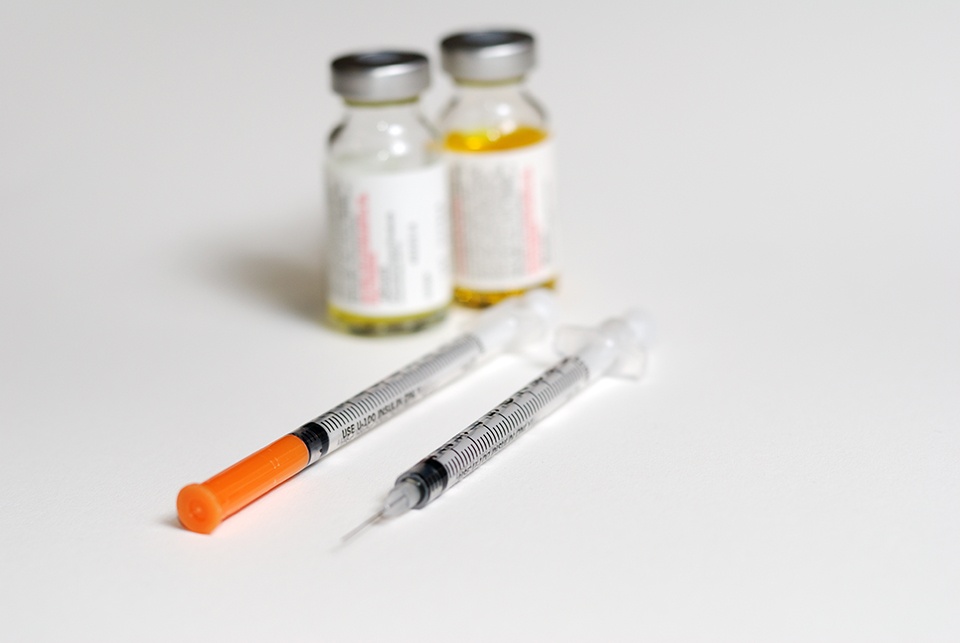

 © 2025 Mashup Media, LLC, a Formedics Property. All Rights Reserved.
© 2025 Mashup Media, LLC, a Formedics Property. All Rights Reserved.